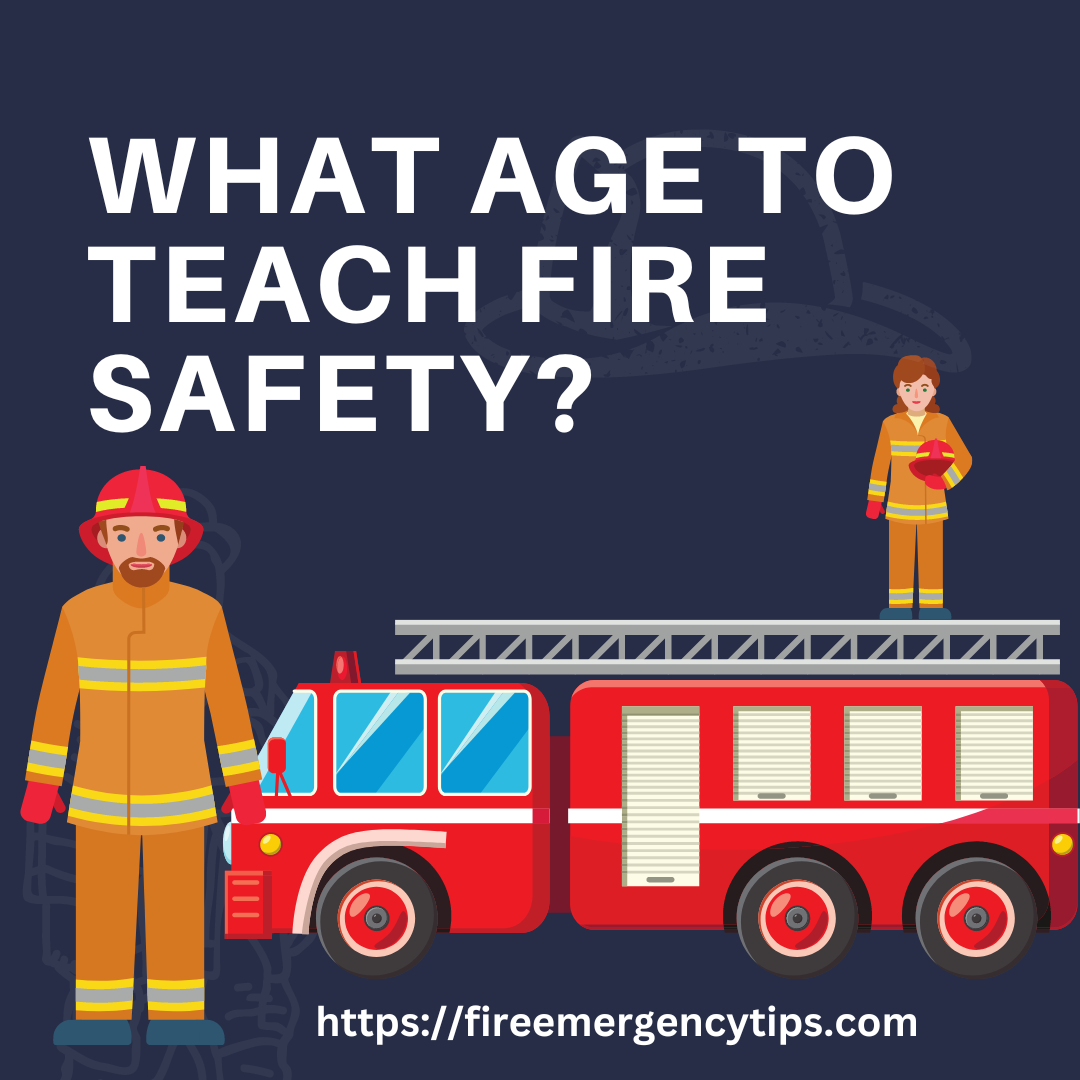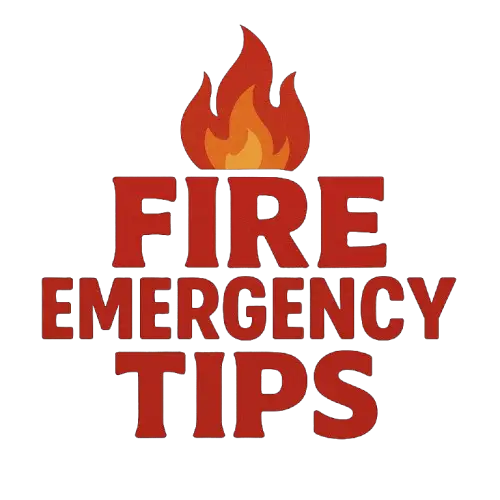
Fire safety education should begin at an early age, as soon as the child is old enough to understand the concepts. Generally, children ages three to five are ready to begin learning about fire safety.
The best age to teach fire safety is 4 and up. Fire safety topics should be introduced to children as early as possible, as early as 4 years old. It is important to start teaching fire safety to children as soon as they are able to understand the concepts and safety tips.
Fire safety is an important lesson for children of all ages, but the appropriate age to teach fire safety to children typically depends on their level of development.
For preschoolers and kindergartners, it’s best to introduce basic fire safety concepts, such as “Stop, Drop, and Roll” and “Get Low and Go.”
For elementary school children, fire safety can be taught in more detail, such as how to escape a burning building and the importance of having a fire escape plan.
For middle schoolers and high schoolers, they should be taught more advanced fire safety concepts such as how to safely operate a fire extinguisher, the importance of smoke alarms, and how to recognize fire hazards.
How Do You Teach Preschoolers About Safety?
To teach preschoolers about safety, start by teaching them basic safety rules. Explain to them why these rules are important and how they can help keep them safe. It is also important to practice safety rules with them, such as looking both ways before crossing the street and not touching hot surfaces in the kitchen.
Additionally, make sure to regularly discuss safety topics with them and answer any questions they have. Finally, always be a good role model and demonstrate safe behavior at all times.
The following are some additional tips for teaching preschoolers about safety:
- Read stories about fire safety: Reading stories about fire safety to preschoolers helps them to become familiar with the concepts and ideas of fire safety.
- Use simple language: When teaching preschoolers about fire safety, it is important to use language that is easy for them to understand.
- Use visuals: Using visuals such as pictures, videos, or diagrams can help to illustrate fire safety concepts in a way that is more engaging for preschoolers.
- Practice fire drills: Practicing fire drills with preschoolers helps them to become familiar with what to do in the event of a fire.
- Explain the use of smoke detectors: Explain to preschoolers how smoke detectors work and why it is important to have them in the home.
Why Should Children Learn About Fire Safety?
Children should learn about fire safety because it can help to save lives in the event of a fire. Learning about fire safety teaches children about the dangers of heat and flames, how to react in a fire emergency, and how to prevent fires from occurring.
It also helps children to understand the importance of smoke detectors and fire drills in the home. Knowledge of fire safety is essential for keeping children safe in the event of a fire.
What Are Fire Safety Questions for Preschoolers?
Using questions that are appropriate for a preschooler‘s level of understanding can help ensure that they understand the importance of fire safety.
Some of the fire safety questions for preschoolers include the following:
- What should you do if you see smoke or fire?
- What is the sound a smoke detector makes when it activates?
- How can you help keep your home safe from fires?
- What should you do if you are inside a burning building?
- How do you call 911 in an emergency?
What Activities Could Be Used to Teach Safety to Toddlers Preschoolers School Age Children?
Using activities to teach safety to toddlers, preschoolers and school age children can involve games, stories and videos. These activities are important for teaching children basic safety rules and providing them with the tools to stay safe.
For toddlers, activities such as singing songs about safety and playing games that involve safety rules can help them learn important safety skills. Examples of safety-themed songs and games include “Stop, Look and Listen” and “Red Light, Green Light.”
In addition, showing pictures of safety items like stop signs and fire extinguishers can help toddlers become familiar with safety concepts.
For preschoolers, activities that involve role-playing and stories can be used to teach safety. For example, role-playing activities such as “Stranger Danger” and “Fire Safety” can help preschoolers learn how to stay safe in different situations. Storybooks can also be used to introduce safety concepts in an entertaining way.
For school age children, activities that involve problem-solving and critical thinking can help them understand safety concepts. Activities such as creating a safety plan for their neighborhood or playing a game that involves following safety rules can help children develop a better understanding of safety and how to stay safe.
In addition, videos and films can be used to introduce safety topics in an engaging way. Other activities would include the following:
- Fire safety game: Create a game that requires children to identify fire safety items or practice fire safety skills.
- Fire safety scavenger hunt: Hide fire safety items around the house or classroom and have children search for them.
- Fire safety role play: Have children act out different scenarios that involve fire safety, such as evacuating a building or calling 911.
- Fire safety coloring pages: Print out coloring pages that feature fire safety themes and have children color them.
- Fire safety art project: Have children create art projects that involve fire safety, such as creating a poster about fire safety or building a model of a fire station.
In conclusion, there are many activities that can be used to teach fire safety to children of all ages. It is important to use age–appropriate activities that will help children understand the importance of fire safety and how to stay safe in the event of a fire.
Also read:
